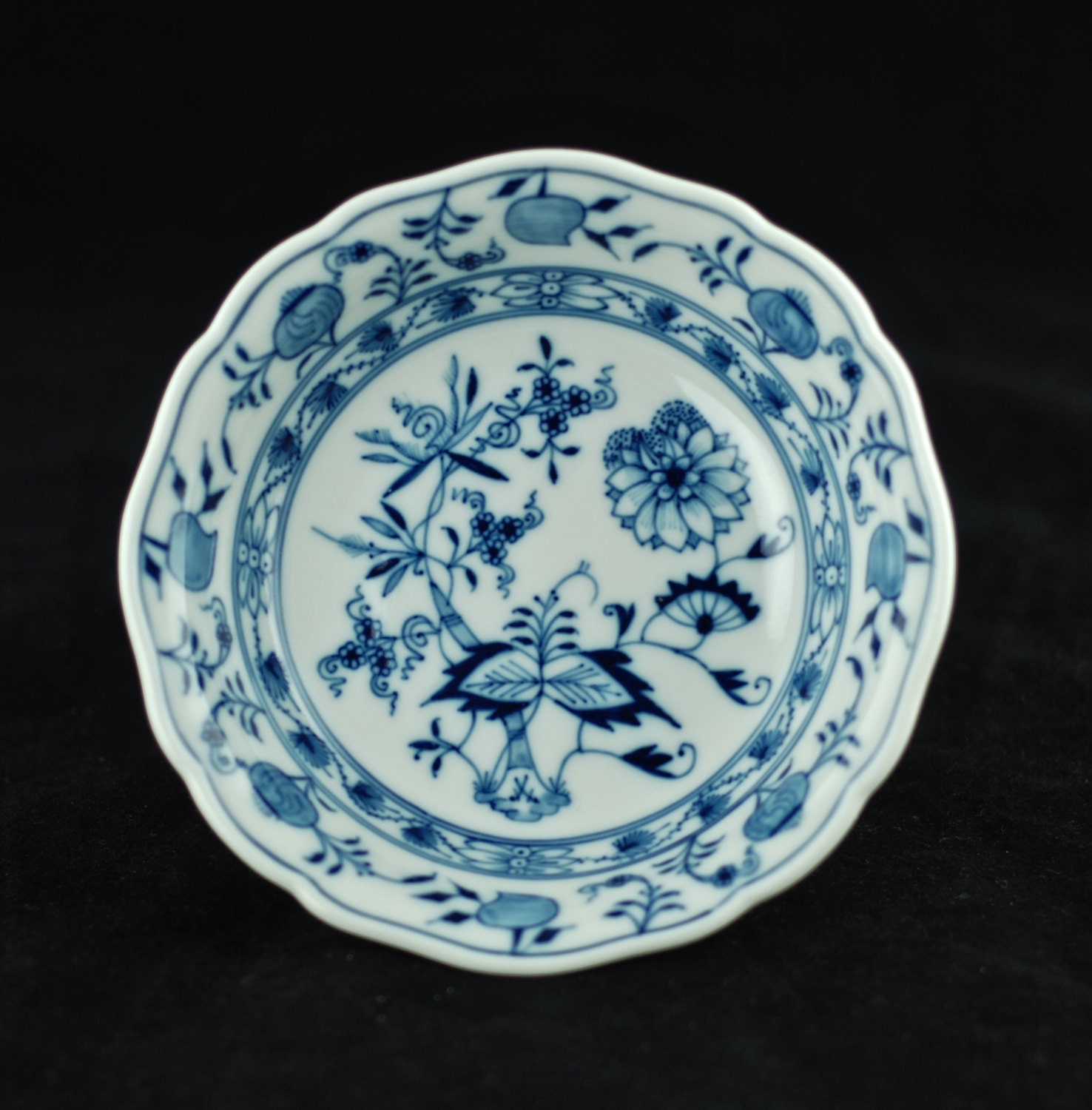Meissen porcelain marks

Meissen and Dresden Porcelain Marks Ruby Lane Blog
The Meissen factory is still operational today and is producing the worlds' most expensive porcelain. Superb modelling and painting were characteristic of Meissen porcelain, and for the next 50 years its products were unsurpassed, widely exported and much imitated.

Meissen porcelain marks
Written by Harry Rinker Meissen Porcelain - Description The Chinese and Japanese benefited greatly from the export of hard paste porcelain to Europe during the 17th and early 18th-century, a trade controlled by the Dutch East India Company. German and French royalty and aristocracy encouraged chemists to duplicate the formula.
.jpg)
A MEISSEN PORCELAIN PRUNUSMOLDED CUP AND SAUCER , CIRCA 1740, BLUE
The first pieces of Meissen porcelain were actually red stoneware, known as Böttger stoneware, and first sold at the Leipzig Easter Fair in 1710. In June of that same year a royal porcelain factory in Meissen (commissioned by Augustas), was completed, and the operation was transferred from Dresden to Meissen.

Meissen Porcelain 5 Tips for Collectors Skinner Inc.
1 June 2023 A Meissen group of Columbine and Scaramouche 'Die Hahnreigruppe', circa 1741-45. Sold for £92,500 on 3 June 2015 at Christie's in London In the 18th century, porcelain — known at the time as 'white gold' — was one of the most highly prized commodities in the world.

Meissen Porcelain 5 Tips for Collectors Skinner Inc.
Meissen porcelain or Meissen china was the first European hard-paste porcelain.. the crossed swords, was introduced in 1720 to protect its production; the mark of the swords is reportedly one of the oldest trademarks in existence. Dresden porcelain (or "china") was once the usual term for these wares, until in 1975 the Oberlandesgericht.

Meissen porcelain marks
Before you start searching for model numbers, please inform yourself about the marks and numbering of the Meissen® porcelain factory (Königliche und Staatliche Porzellanmanufaktur Meissen® GmbH). EXAMPLES FOR VARIOUS NUMBERING. For example: A 28, B 260, 1537, 73671, 85075.

Meissen porcelain marks
The Rare Meissen porcelain marks "AR" No: 55 seems to have been introduced in about 1723 and was still used in the mid-1730's and was applied especially to pieces belonging to the king or as gifts to other noblemen. No: 56 is a rare mark (Frederick Augustus II) occur only on pieces made in the short period in 1733..
.jpg?mode=max)
A MEISSEN PORCELAIN HOTMILK JUG AND COVER, CIRCA 1735, BLUE CROSSED
PORCELAIN MARKS FROM MEISSEN & DRESDEN: A Fascinating Tradition of Porcelain Making in Europe Meissen Porcelain Figural Groups, early 20thC Porcelain has long been a prized possession for collectors and enthusiasts alike, but identifying the markings and origin of pieces can often be a challenge.

Meissen Marks from 1720 2009 Antique Pottery, Antique Ceramics
Meissen porcelain, German hard-paste, or true, porcelain produced at the Meissen factory, near Dresden in Saxony (now Germany), from 1710 until the present day. It was the first successfully produced true porcelain in Europe and dominated the style of European porcelain manufactured until about 1756.

Meissen porcelain marks
Meissen incised marks, rather than underglaze, used on biscuit porcelain and white glazed porcelain: Samples of actual meissen marks. [hr style="solid|dash|dot"] The Meissen Augustus Rex Mark. The augustus rex mark or monogram (AR) was introduced by Meissen in the first half of the 18th century when the crossed swords were introduced.

Antique Meissen German Porcelain Blue Onion Bowl
Meissen Porcelain provides historical information about the beautiful city of Meissen and a brief history of the Meissen manufactory itself, as well as discussions on decorating motifs and how Meissen porcelain is made.

From Germany Meissen porcelain Mark very rare antique Etsy Rare
Blue Swords, code of arms, trademark, Meissen, Meissen Porcelain, Porcelain.. Thus, what came to be known as the "Marcolini mark" was introduced at Meissen within months of the Count being appointed the Manufactory's "Chief Director" on 20th August 1774. 1815-1924. Swords drawn as steep curves, without any additional markings and.
.jpg)
A MEISSEN PORCELAIN PART DINNER SERVICE , 20TH CENTURY, BLUE CROSSED
1. Meissen Company Marks 2. Qualifying or Quality Marks 3. Monogram & Signatures 4. Shape & Model Number Markings 5. Meissen Location Marks History of Meissen Porcelain Company Meissen Porcelain was the first hard paste porcelain to rise and popularize in Europe.

Meissen porcelain
Considered one of the most spectacular porcelain dinner services ever created, the Meissen "Swan Service" was conjured by designer Johann Joachim Kändler for Count Heinrich von Brühl, who became the director of Meissen in 1739. The full service was created between 1737 and 1742 and included more than 2,000 pieces.

A MEISSEN PORCELAIN PART SERVICE CIRCA 1800, BLUE CROSSED SWORDS AND
Meissen porcelain marks The earliest markings of Meissen were AR, representing the king, Augustus Rex. This changed to two crossed swords around the year 1720 and was the consistent basis for the markings of Meissen porcelain from around 1730, following a royal decree.
.jpg)
A MEISSEN PORCELAIN SCHNEEBALLEN PART TEA SERVICE , LATE 19TH CENTURY
Markings and numbering of Meissen® porcelain MARKINGS AND NUMBERING OF MEISSENER PORZELLAN® Before the definitive introduction of the blue swords mark various markings were made: Merkurstab- and Drachenmarken, pseudo-Chinese marks. Since 1722, the "crossed blue swords" were used as trademarks. Besides there were many markings. " Johanneums" number: